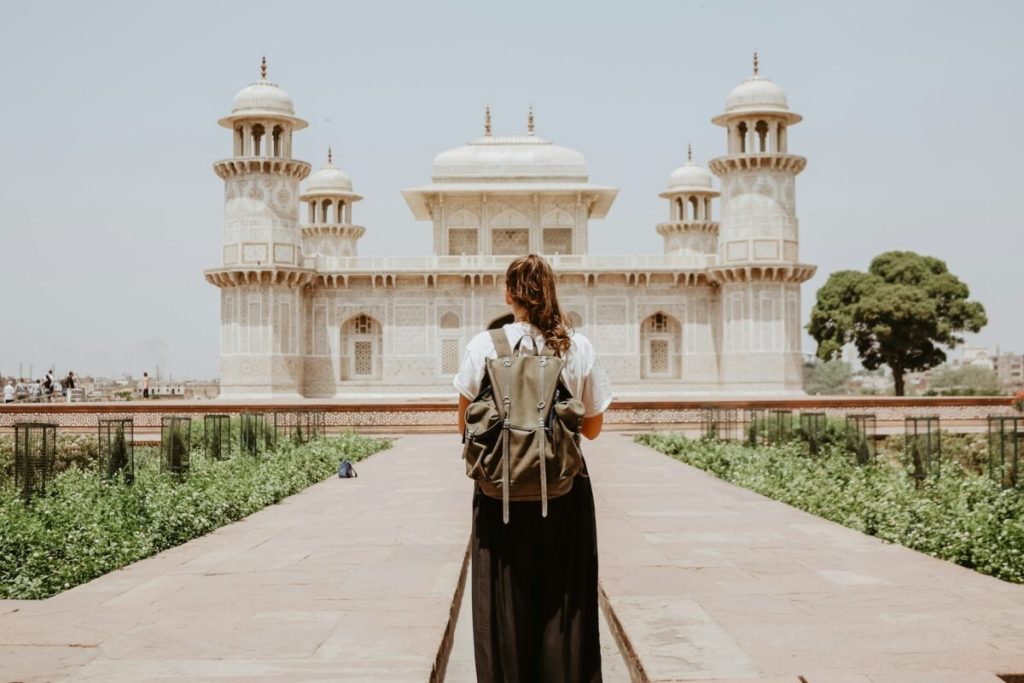India is actively working to attract more tourists through the “Chalo India” campaign, which offers visa-fee waivers for the first 100,000 tourists entering the country. The government has also waived visa fees for 500,000 tourists between 2022 and 2023 to support tourism after COVID-19. Despite a 44% surge in foreign arrivals in 2023, the country has not yet reached pre-pandemic levels, prompting the Ministry of Tourism to roll out various initiatives to boost tourism.
The Chalo India campaign was launched by Indian Prime Minister Narendra Modi in March, urging Indian diaspora members to encourage five non-Indian friends to travel to India. These diaspora members can become Incredible India Ambassadors and earn rewards for every foreign friend who visits. The campaign involves registering on a special website, nominating friends, and receiving a unique code that grants them a free visa to India. In addition to this campaign, the government is focusing on developing key tourism destinations in collaboration with various ministries to boost tourism infrastructure.
The government’s focus on empowering local communities to shape tourist experiences is evident in initiatives like “Paryatan Mitra” and “Paryatan Didi,” which aim to create a more welcoming environment for tourists. Through training and awareness programs, locals ranging from cab drivers to hotel staff are being taught the importance of hospitality, cleanliness, and sustainability. This not only promotes tourism but also creates employment opportunities, especially for women and youth. The program has trained around 3,000 people so far and plans to expand its efforts by partnering with established tourism providers.
To further enhance the tourist experience, the Ministry of Tourism is implementing a real-time feedback mechanism at airports and railway stations, allowing tourists to rate their experiences by scanning a QR code. This feedback helps the ministry to continuously improve and cater to the needs of tourists. Additionally, the ministry has revamped the Incredible India portal and launched the Incredible India Content Hub, which provides over 5,000 content assets for the global travel trade to promote India. The platform offers services such as travel itineraries, booking facilities, and AI-powered chatbots for real-time assistance.
India’s efforts to attract tourists are also focused on developing a master list of priority destinations for coordinated investment in infrastructure. By bringing together the public and private sectors in developing key destinations, the government aims to channel resources effectively and create a collective force for tourism development. This approach ensures strategic development while allowing room for future expansion. The government’s focus on cooperation between ministries, communities, and private sectors reflects a long-term commitment to attracting more tourists to India and enhancing their overall experience.
In conclusion, India’s tourism initiatives, from visa-fee waivers to community empowerment programs, are evidence of the country’s long-term commitment to attracting more tourists. By focusing on key destinations, engaging local communities, and implementing digital feedback mechanisms, India is creating a welcoming environment for tourists and aiming for sustained growth in the tourism sector. The collaborative efforts between the government, private sector, and communities demonstrate a comprehensive approach to tourism development that is likely to yield positive results in the long run.


